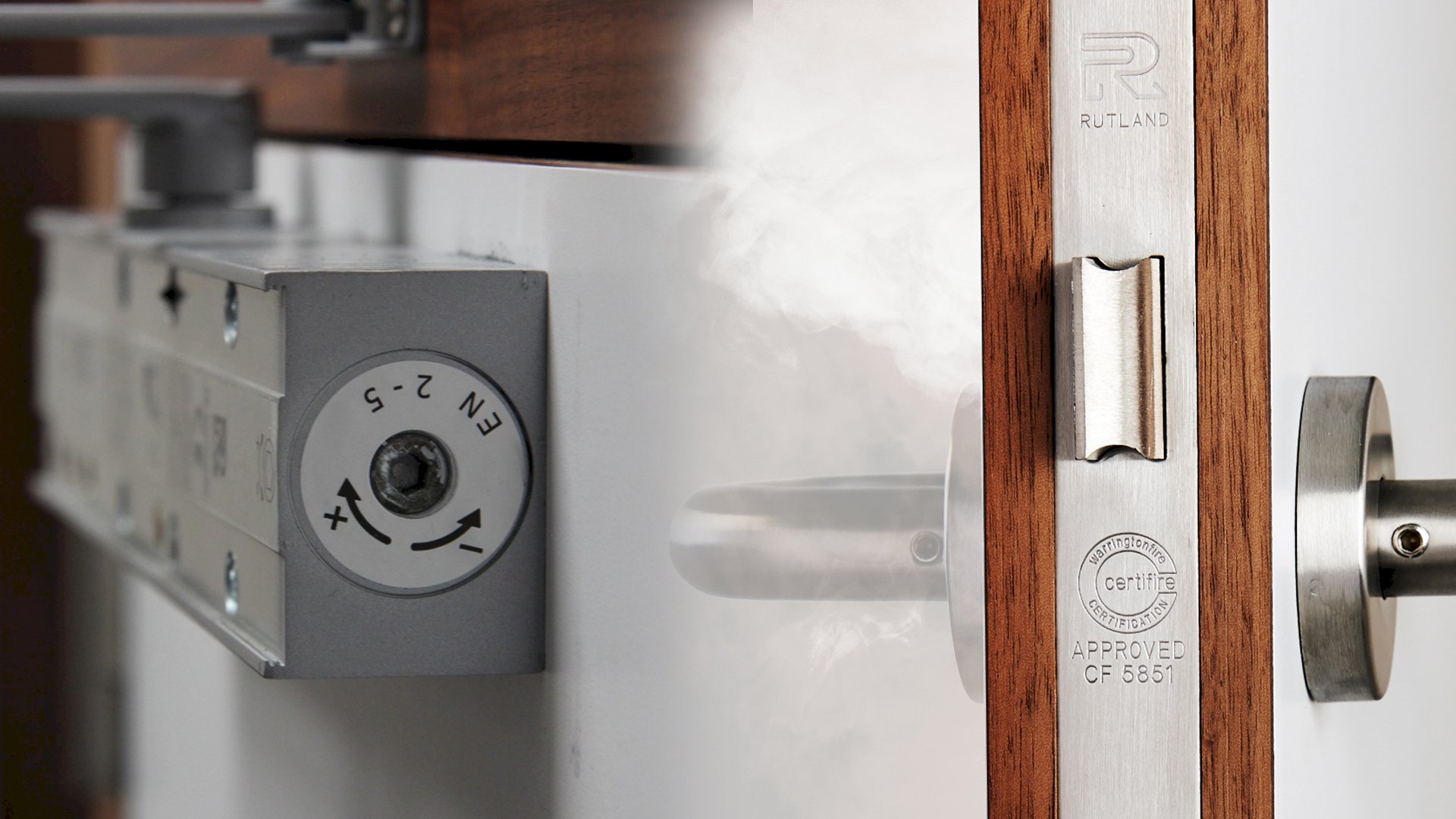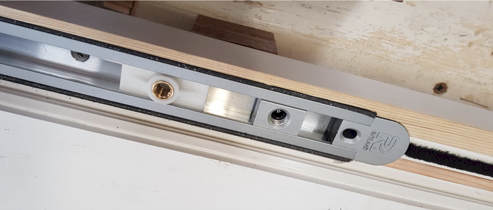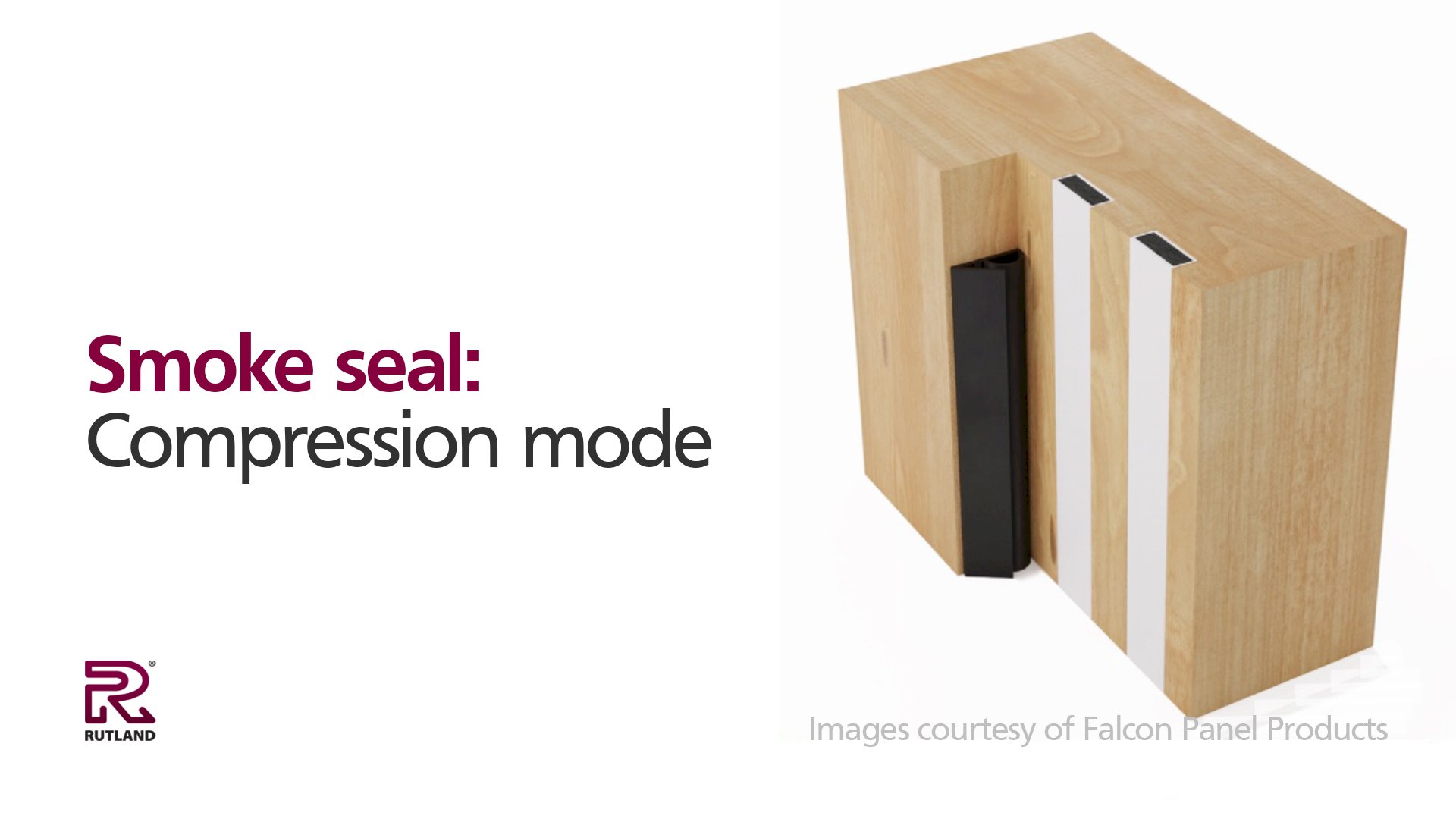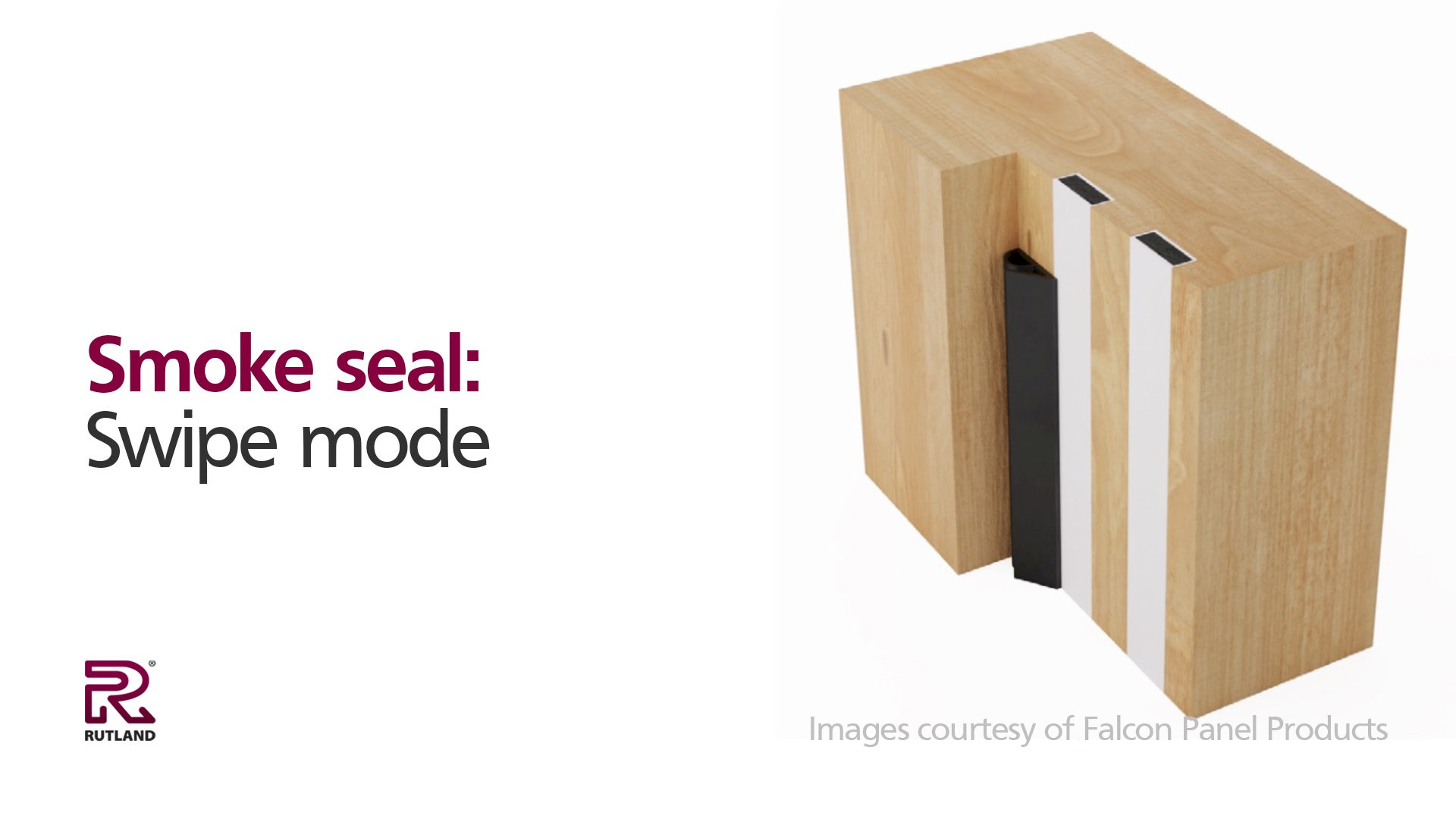
In the month of September we focused on smoke control. We published a whitepaper on issues around smoke testing and legislation and we ran a webinar entitled Optimising Smoke Control with a panel of industry experts.
One of the questions that our Technical and Compliance Director, Neil Smith, was asked was: What advice would he give on door closers where there are excessive air pressures and smoke seals that may conflict with doors closing?
We thought it would be worthwhile looking at this in detail and sharing with a wider audience.
Pressurisation and smoke shaft systems can put additional demands on door closers. Both the size and weight of the fire door and the closer adjustment have significant impacts on smoke system design and performance.
Designers, specifiers and building owners need to be sure that smoke ventilation systems will provide fire and smoke safety in the event of a fire – but equally they need to be sure that fire doors will close when the smoke system is in operation.
We recommend that power adjustable door closers are used in this situation and options that have a higher power rating. For example, an EN 2-5 power adjustable closer gives scope to increase the strength if needed when the smoke system is commissioned at the end of the project. The last thing you want is a fixed power size closer that has to be moved along the door to increase power, leaving ugly fixing holes in the new doors.

When using concealed door closers we recommend making sure smoke seals bypass the mortice. You can see in this image of a head frame that a continuous smoke and acoustic seal around the frame rebate bypasses the door closer channel.

When a fire only door is changed to a smoke door and smoke seals are retro-fitted to inside the rebate of a doorset, this can also impede door closing. If a new seal is fitted as shown in the image above (this is called ‘compression mode’), you need to move the door stop by the compression dimension, otherwise the door will bind and not close.

If a frame is rebated, meaning no flexibility, a smoke seal in swipe mode can be fitted as shown above.
A final tip from our technical and compliance guru Neil: “A useful rule of thumb is, if you can close the door with the push of your little finger then the closer will operate. Door closers are not designed to overcome excessive air pressures, seals or poor door installation.”
Leave us your contact details and we will call you back for a free consultation about your requirements.